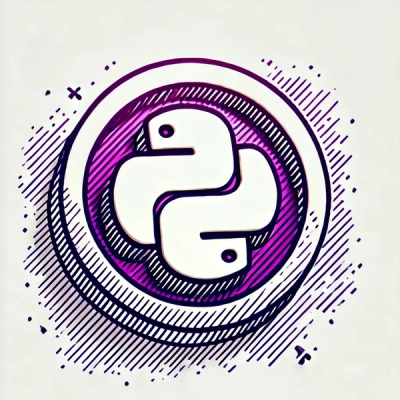
Security News
PEP 810 Proposes Explicit Lazy Imports for Python 3.15
An opt-in lazy import keyword aims to speed up Python startups, especially CLIs, without the ecosystem-wide risks that sank PEP 690.
converting cells drawn in svg files to VirtualLeaf xml start files. The svg file should be specified without extension, the resulting xml file will be stored next to the svg file.
#Enhanced cell wall mechanics in VirtualLeaf enable realistic simulations of plant tissue dynamics
Computational modelling has become increasingly important in advancing our understanding of biological systems, necessitating the development of new computational approaches and software. VirtualLeaf, in particular, is a modelling framework for plant tissues that accounts for the biophysical mechanics of plant cell interactions. The plant cell wall plays a pivotal role in plant development and survival, with younger cells generally having thinner, more flexible (primary) walls than older cells. Signalling processes in growth and pathogen infection also affect cell wall stability. This article presents an updated version of VirtualLeaf with improved cell wall mechanics and morphing behaviour. These are crucial for ultimately understanding plant tissue dynamics and essential signalling processes during growth, tissue formation and pathogen defence. The updated version of VirtualLeaf enables detailed modelling of variations in cell wall stability to the level of individual cell wall elements. These improvements lay the groundwork for using VirtualLeaf to address new research questions, including the structural implications of pathogen infection and growth.
The script facilitates the customisation of multiple parameters, including the designation and directory of the template file, which outlines the overarching structure and general parameters for the XML file alongside the desired filename for the resulting XML document. Additionally, users can specify a scaling factor to appropriately map x and y coordinates to the cellular scale and a colour map for encoding cell types within the SVG file. Furthermore, specific details for each cell type are provided, delineated by colons and their hex colour code, encompassing elements such as cell type and intracellular chemical concentrations.
python readsvg.py -i "path to the SVG file (without .svg)" -t "path to the XML template file (with file extension)" -s "numerical scaling factor between image and simulation template" -c “color code”
The colour code has the form of "RGB colour code, cell type, intracellular species concentrations: RGB colour code, cell type, intracellular species: ... : ... :" until all colour codes are described. Default colour code is "ffffff,1,2.251808,0.481961:0000f8,2,2.251808,0.481961:009000,3,2.251808,0.481961:ff0000,3,2.251808,0.481961"
FAQs
converting cells drawn in svg files to VirtualLeaf xml start files. The svg file should be specified without extension, the resulting xml file will be stored next to the svg file.
We found that svg-to-vl demonstrated a healthy version release cadence and project activity because the last version was released less than a year ago. It has 1 open source maintainer collaborating on the project.
Did you know?

Socket for GitHub automatically highlights issues in each pull request and monitors the health of all your open source dependencies. Discover the contents of your packages and block harmful activity before you install or update your dependencies.

Security News
An opt-in lazy import keyword aims to speed up Python startups, especially CLIs, without the ecosystem-wide risks that sank PEP 690.

Security News
Socket CEO Feross Aboukhadijeh discusses the recent npm supply chain attacks on PodRocket, covering novel attack vectors and how developers can protect themselves.

Security News
Maintainers back GitHub’s npm security overhaul but raise concerns about CI/CD workflows, enterprise support, and token management.